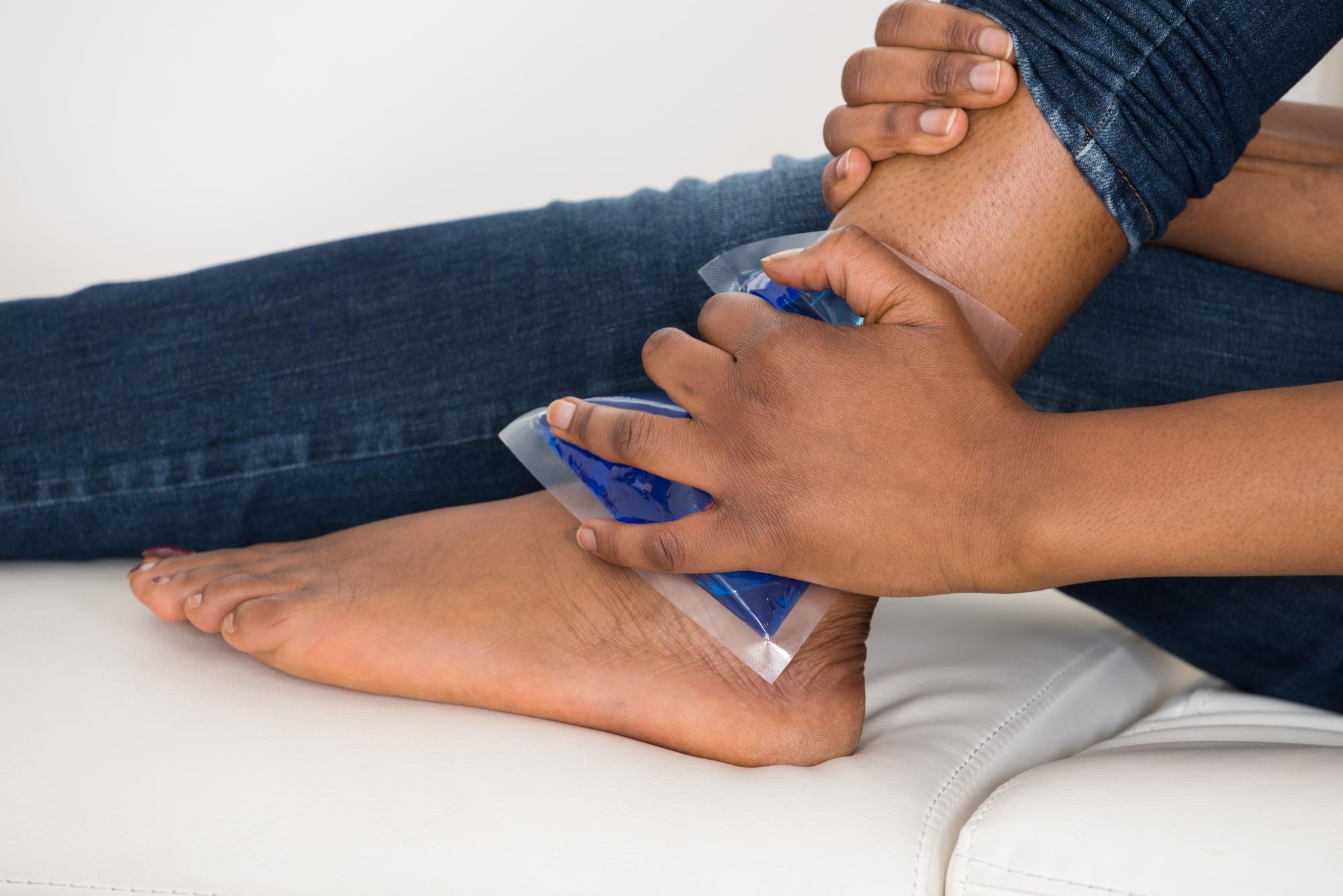
Foot pain is a common problem that can arise from many causes. Injury or trauma (such as a broken bone) is a common case of foot pain, and there are a variety of medical conditions that affect the structures of the feet, causing pain. No matter the cause, foot pain can range from a minor nuisance to a debilitating hindrance.
Below are some of the most painful foot conditions. Vote up the most painful foot conditions you’ve experienced.
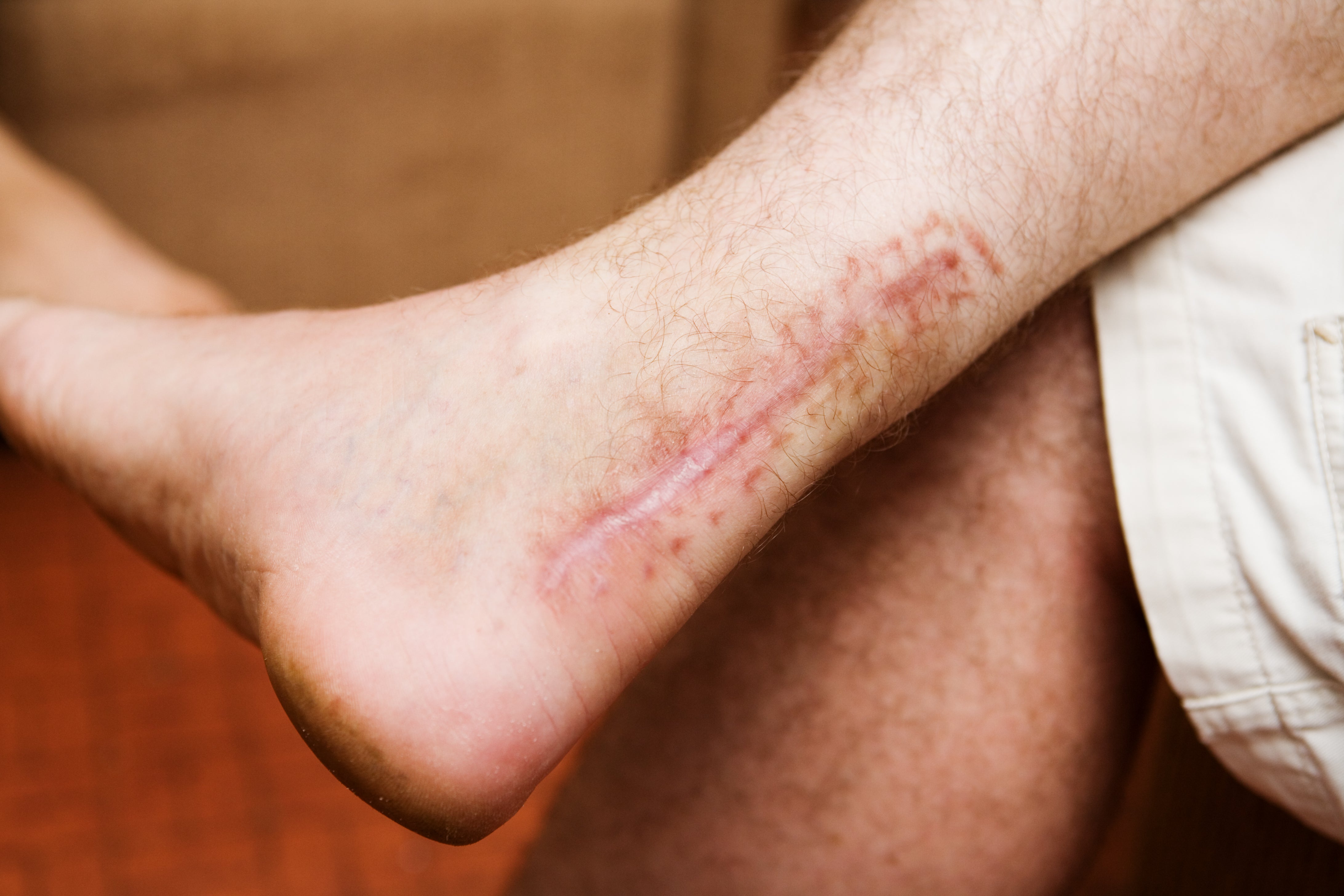
Achilles Tendon Injury
The Achilles tendon, or the heel cord, is a strong band of tissue that connects the calf muscle to the heel. You use it when you walk, jump, climb stairs or do anything that raises the heel off the ground. However, with overuse or injury, it can become inflamed and painful, or it could rupture. Read up on the symptoms, treatment and complications of Achilles tendon injuries.
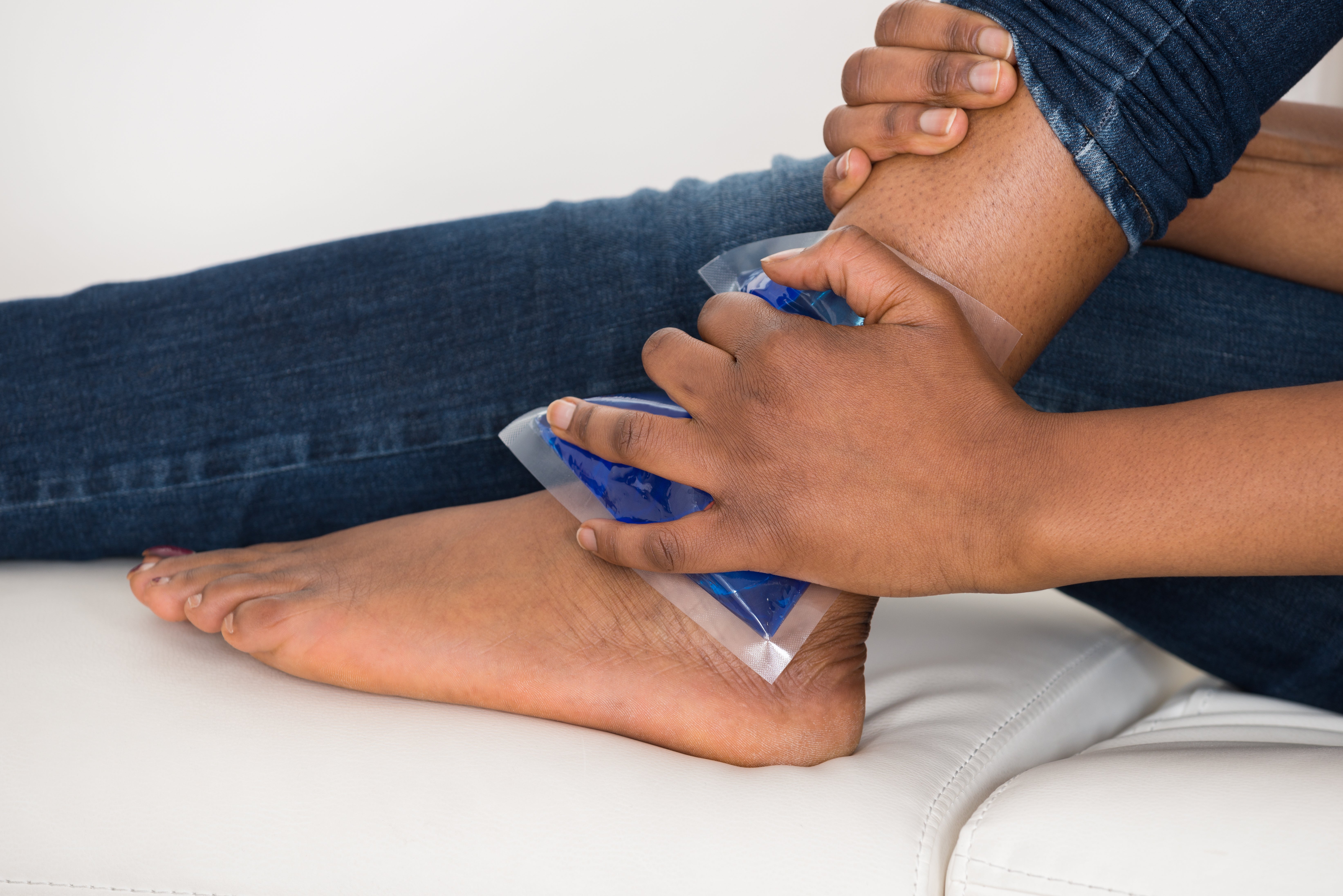
Ankle Sprain
Nearly everyone has sprained their ankle at some point. An ankle sprain is a type of soft tissue injury that occurs when a ligament in your ankle stretches more than it should. With severe ankle sprains, the ligament can stretch so far that it actually tears. Most ankle sprains heal on their own. Watch for these symptoms that indicate you should see a doctor for a sprained ankle.

Broken Foot (Foot Fracture)
A broken foot happens when you fracture one of the 26 bones in your feet. The fracture may occur in your toes, ankle, heel or midfoot. Falls, accidents or dropping an object on your foot are common causes of a broken foot. Osteoporosis is an additional cause of broken feet. Here are seven tips for recovering from a broken foot.
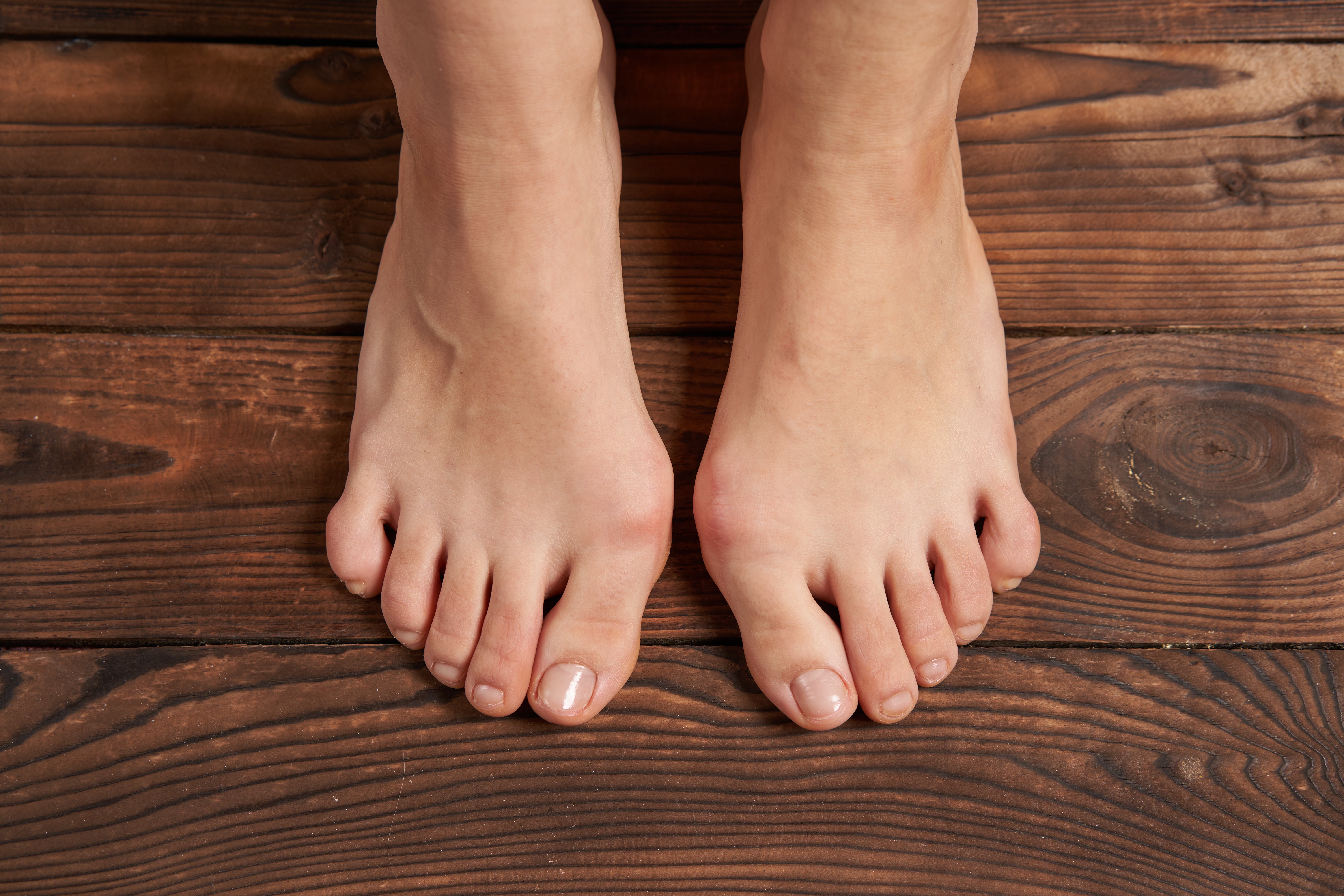
Bunions
A bunion is a painful foot condition that affects the joint at the base of the big toe. Misaligned bones in the foot cause bunions to develop. The bones can become misaligned for many reasons, including wearing tight or ill-fitting shoes and previous foot injuries. However, a tendency to develop bunions may be inherited. Bunions also can occur secondary to inflammatory disease processes like rheumatoid arthritis. Here are 9 things you should know about bunions.
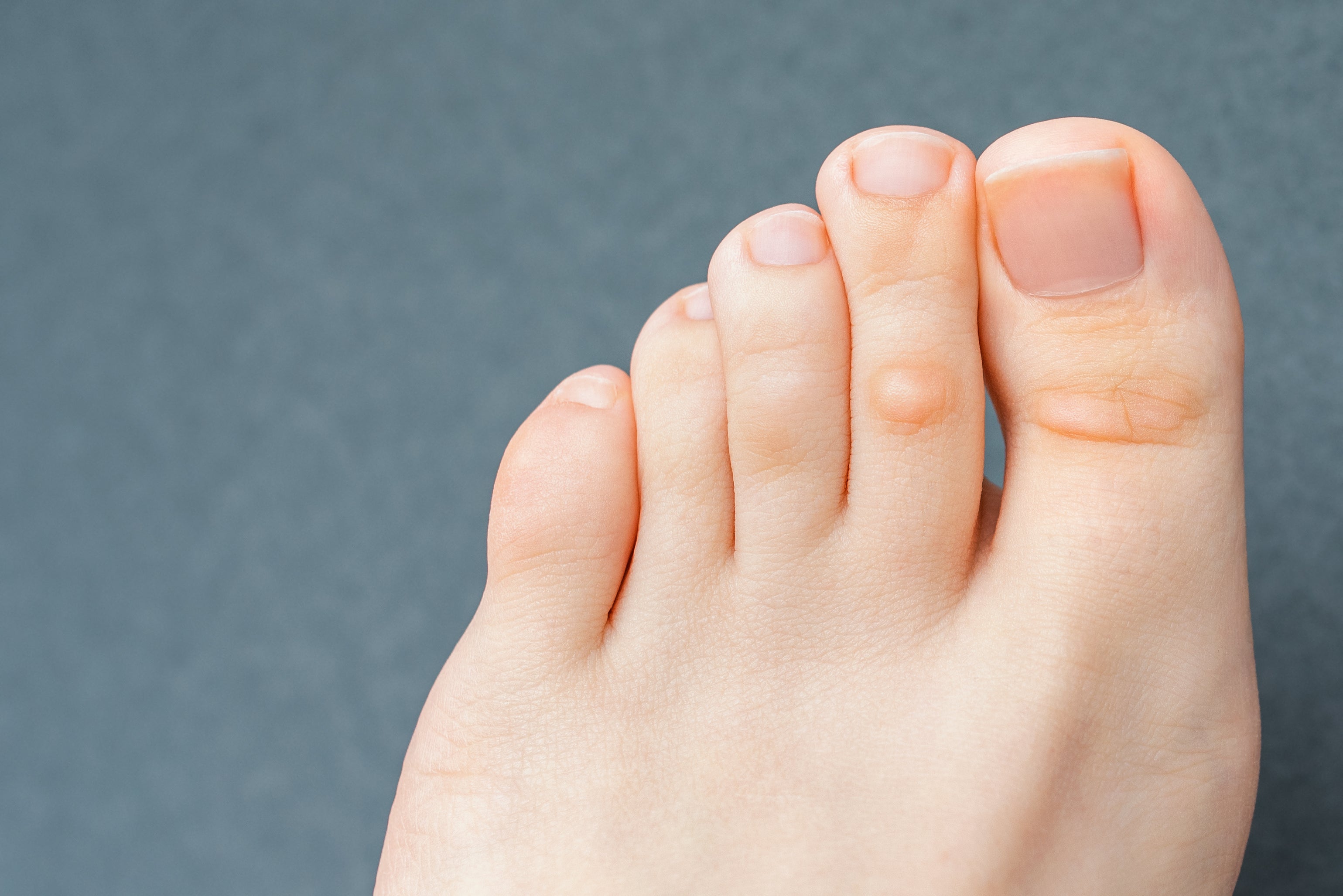
Corns
Corns and calluses are hard, thickened areas of the skin resulting from pressure or friction on the skin. Corns often develop on the sides and tops of toes and on the balls of your feet. Ill-fitting shoes or arthritis are common causes of corns.
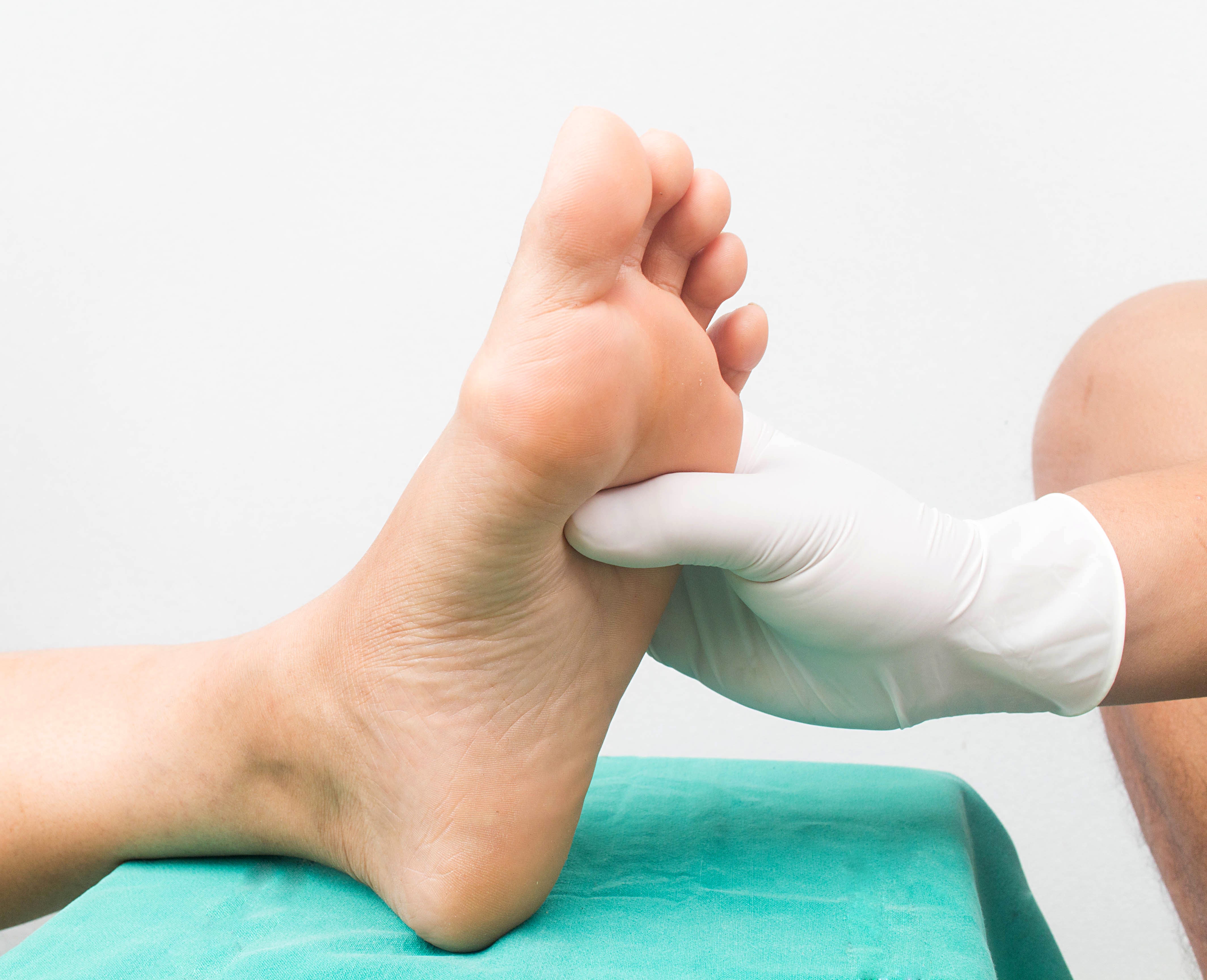
Diabetic Neuropathy
Diabetic neuropathy, a nerve disorder, is a complication of diabetes that can lead to problems throughout the body, including the feet. Diabetic foot neuropathy causes numbness and tingling in your feet. It can also cause burning pain. If you have diabetic neuropathy, wearing the right shoes can be a big help.
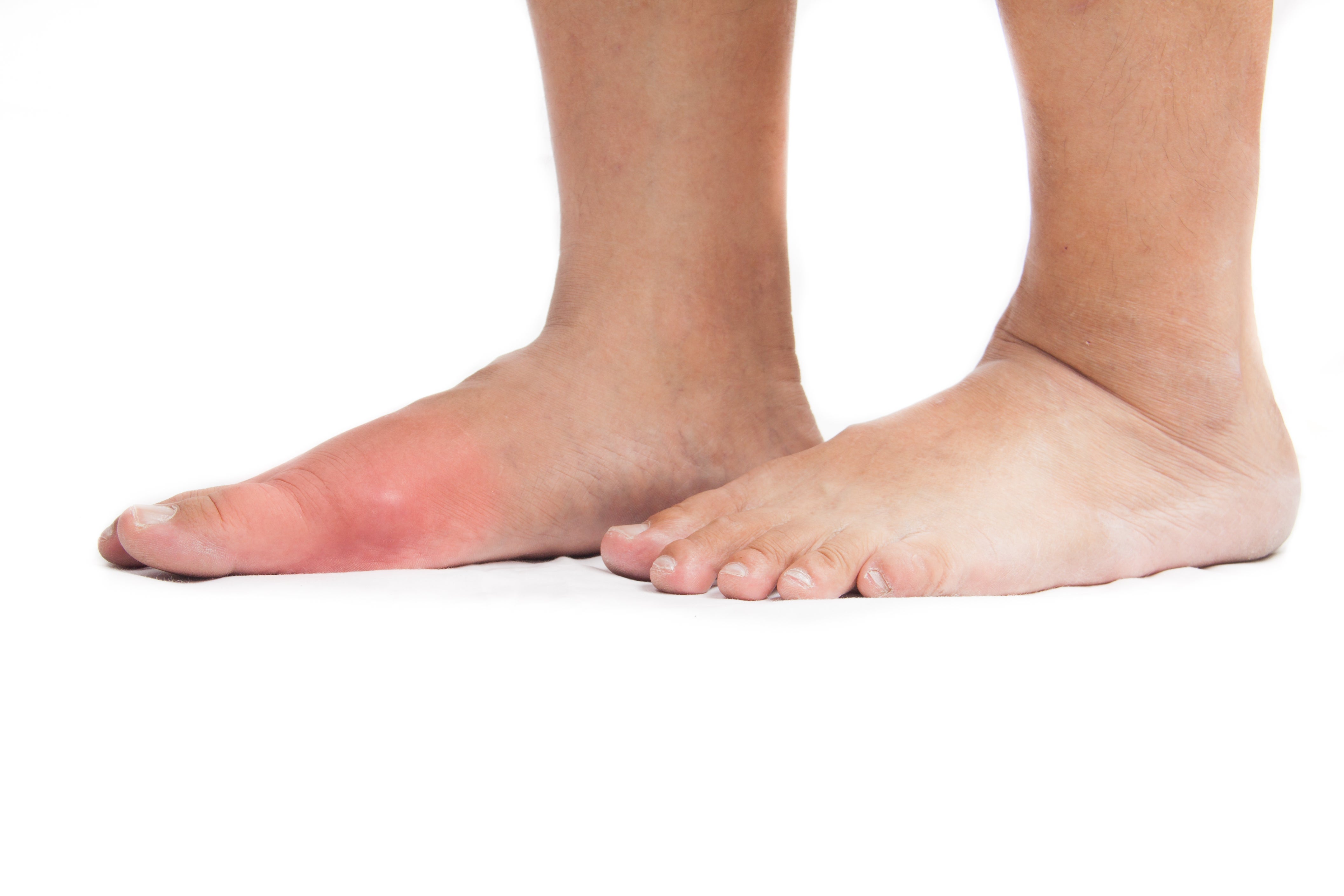
Gout
Gout is a common form of arthritis caused by a buildup of uric acid crystals in the joints. Gout often starts in one of the big toes, but it can also affect the ankles and heels, as well as other joints in the body beyond the feet. Try these nine tips to relieve gout pain.
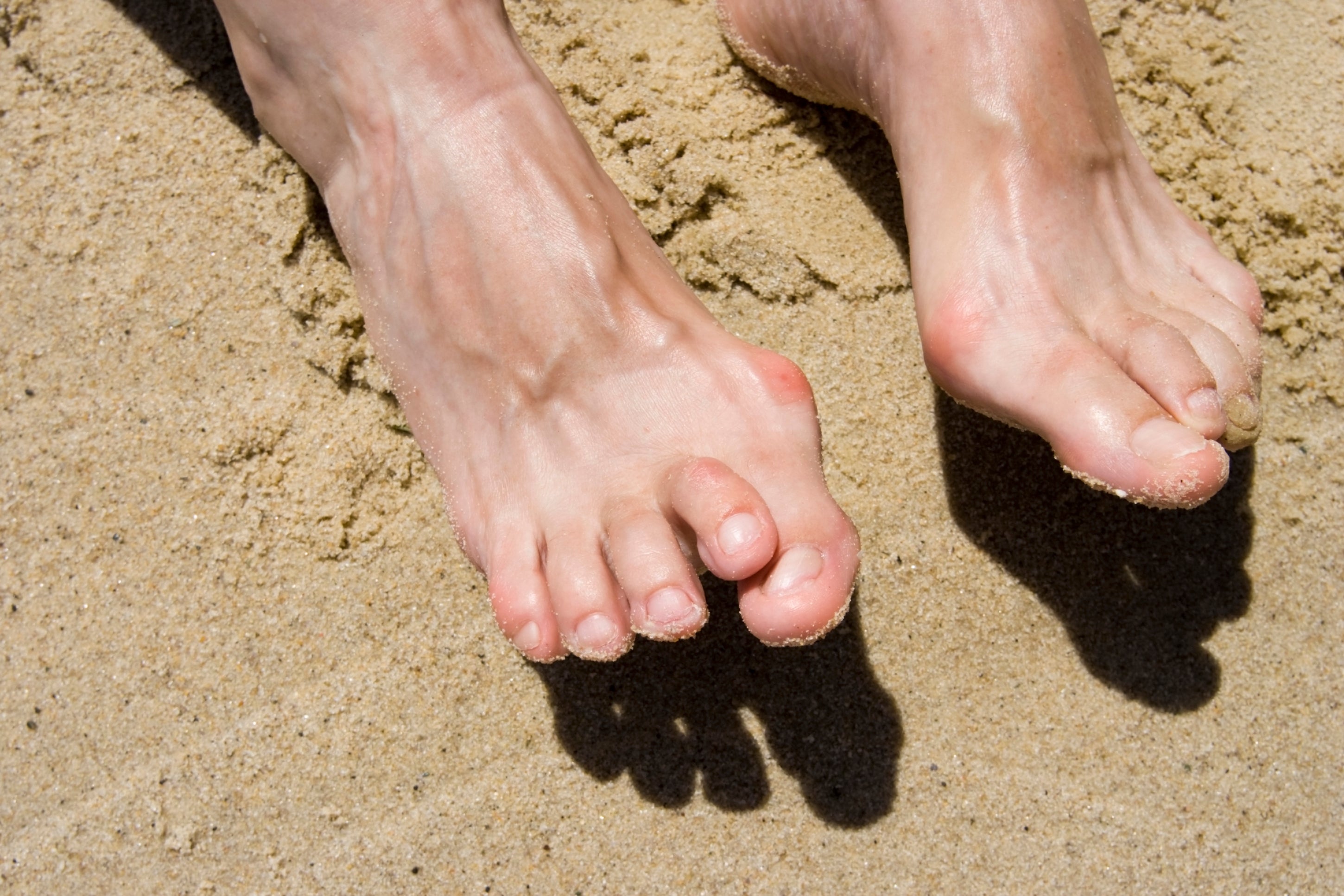
Hammer Toe
Our toes may be small, but they play a big role in how we stand and walk. One common toe deformity is hammer toe, when one of the joints in your toe points up and forms a hammerhead shape. Women are prone to hammer toes if they frequently wear high heels or shoes with narrow toe boxes. Read up on symptoms, treatment and complications of hammer toe.
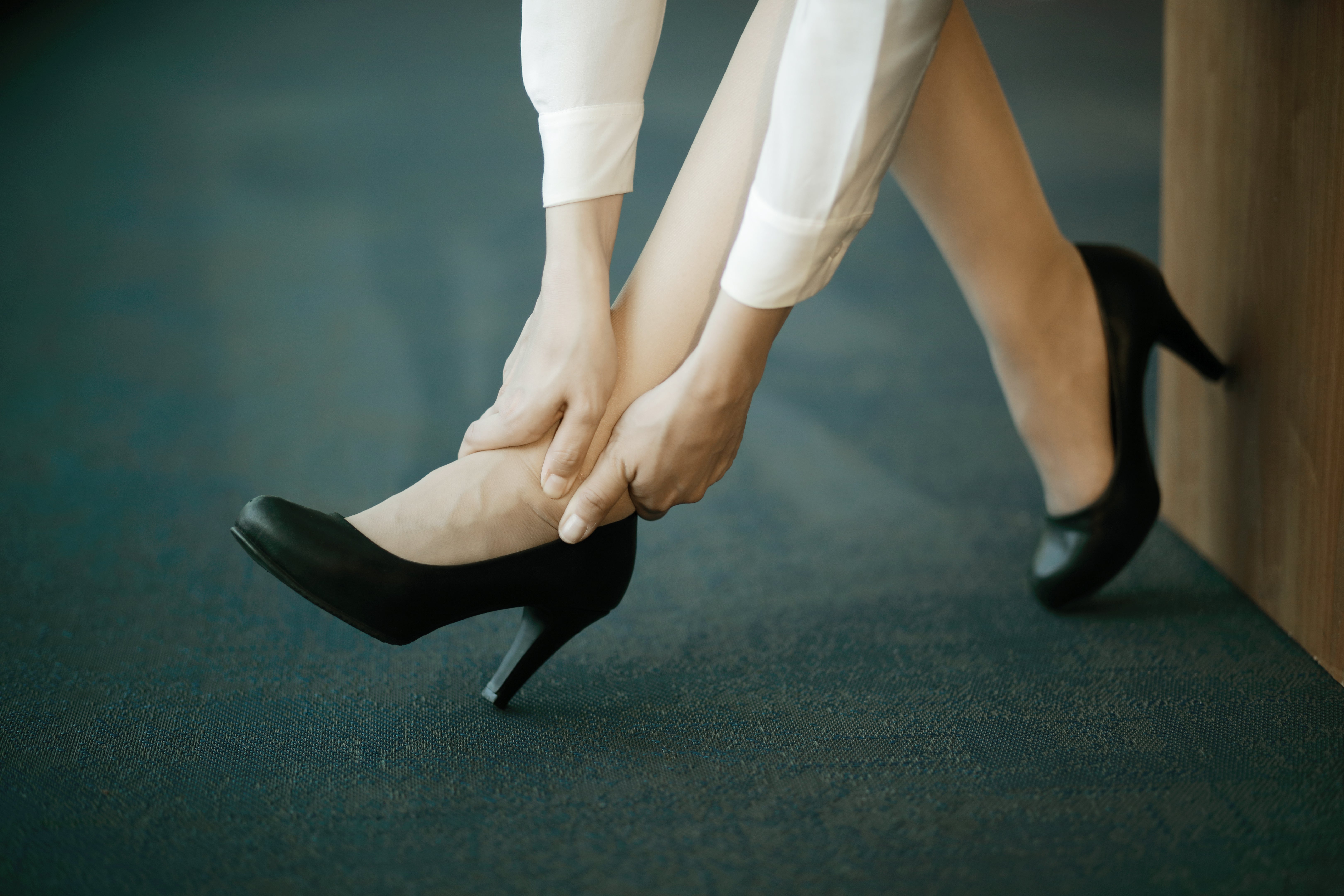
Heel Spurs
Heel spurs, or bone spurs (also called osteophytes), are small bulges or protrusions on your heel bone formed by calcium deposits. These deposits may build up if the ligament connected to your heel bone is constantly stretched and contracted, possibly causing small tears. Heel spurs are common; it’s estimated about 1 in 10 adults has a heel spur. Read up on risk factors for heel spurs, as well as treatment and complications.
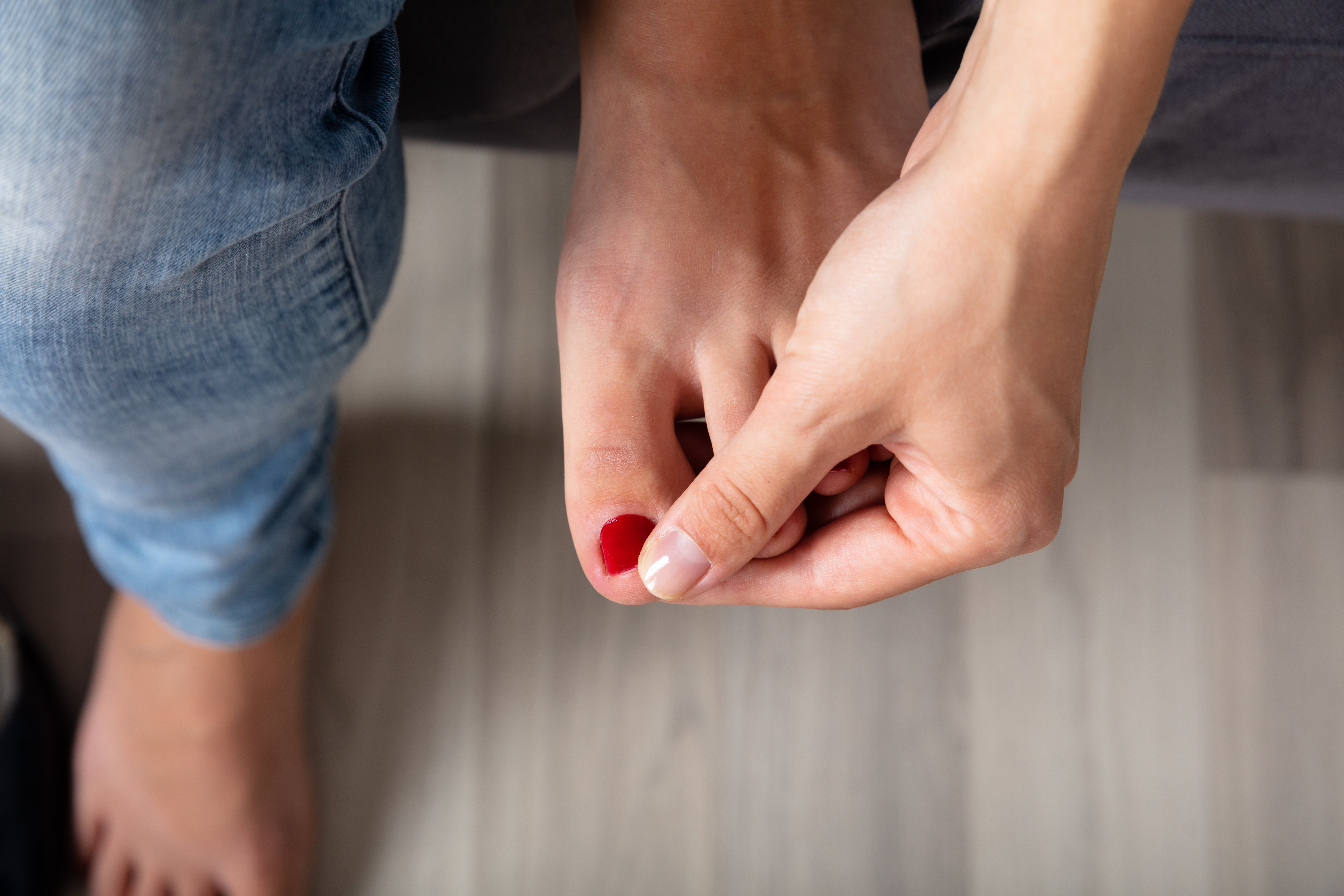
Ingrown Toenails
Ingrown toenails occur when the corner or side of a toenail grows into the soft flesh of the toe. Ingrown toenails typically affect the big toe. They can be quite painful, and cause swelling, redness and, in some cases, infection. See a doctor for an ingrown toenail if the pain is severe, or if you have diabetes or another condition affecting the feet.

Metatarsalgia
Metatarsalgia is pain in the ball of the foot, or forefoot, just beneath the base of your toes. This area of the foot contains five bones, called metatarsals. Forefoot pain can be sharp or achy. It usually worsens when you flex your foot or with weight-bearing activities. This can include walking, running or even just standing. Here’s a guide to metatarsalgia.
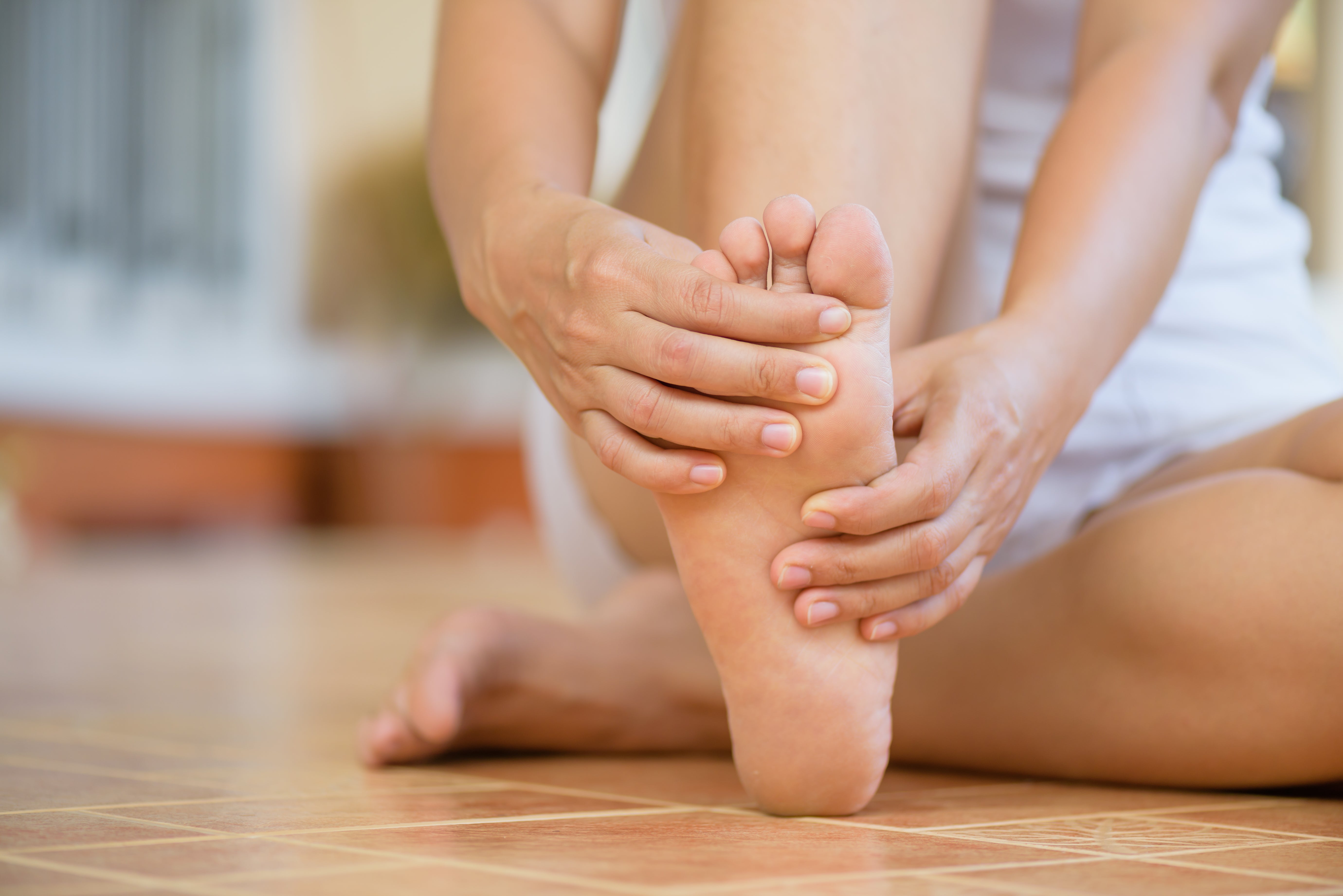
Morton’s Neuroma
Morton’s neuroma is a nerve condition that affects the digital nerve—the nerve that carries sensation to and from the toes. Persistent inflammation ultimately will cause a marble-like casing to form around the irritated portion of the nerve, commonly in the area between the third and fourth toes. Morton’s neuroma causes ball of foot pain or numbness in the toes as its primary symptoms. The condition is more common in women, thanks to the mechanics of high heels. Fortunately, Morton’s neuroma usually responds to treatment, including lifestyle adjustments and noninvasive therapies.
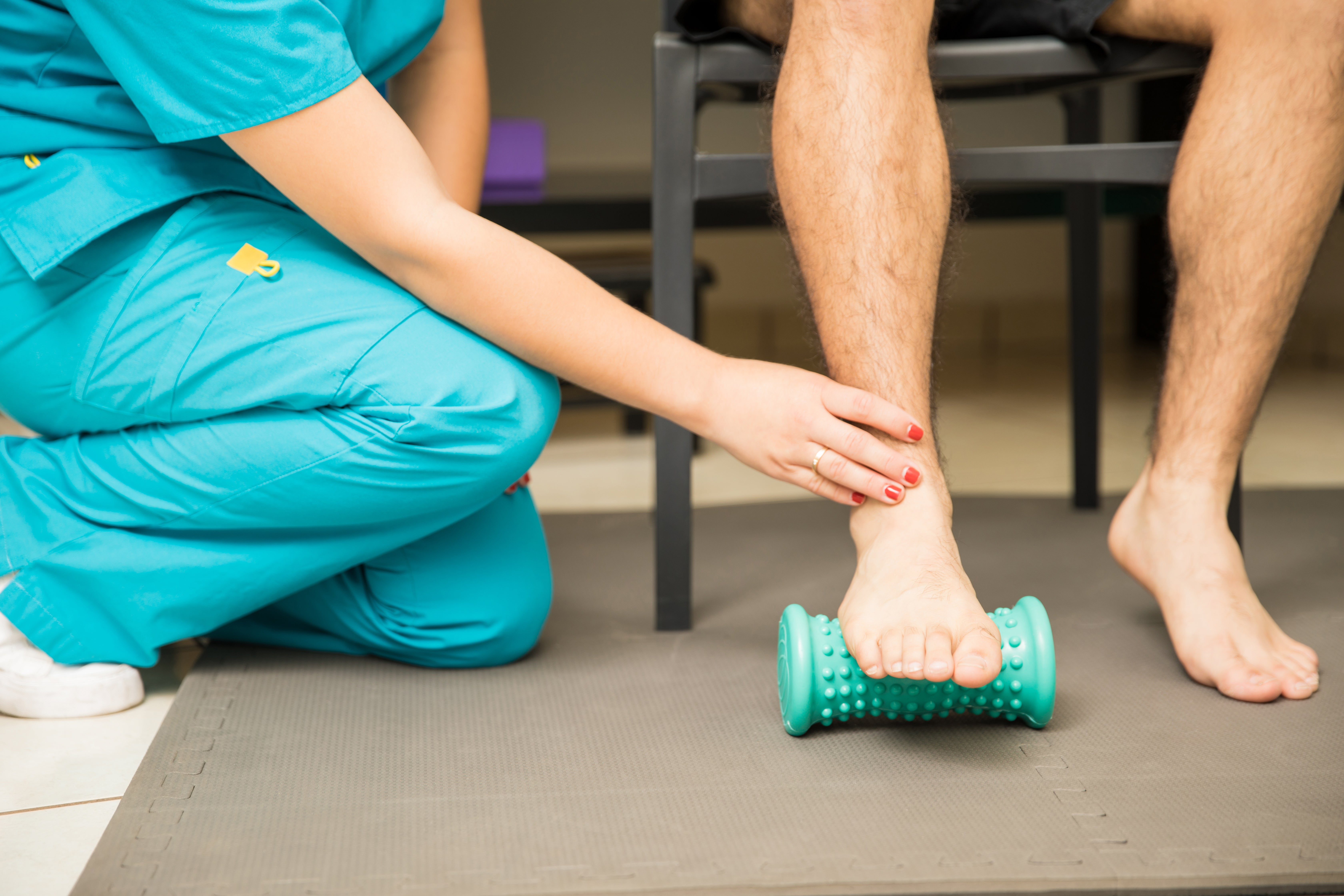
Plantar Fasciitis
Plantar fasciitis occurs when a ligament across the bottom of your foot tightens and aches. The condition causes heel pain in 2 million people per year. The telltale symptom of plantar fasciitis is heel pain that is worse when you get out of bed in the morning. Unfortunately, plantar fasciitis can take a long time to heal. Here are nine ways to help care for plantar fasciitis.
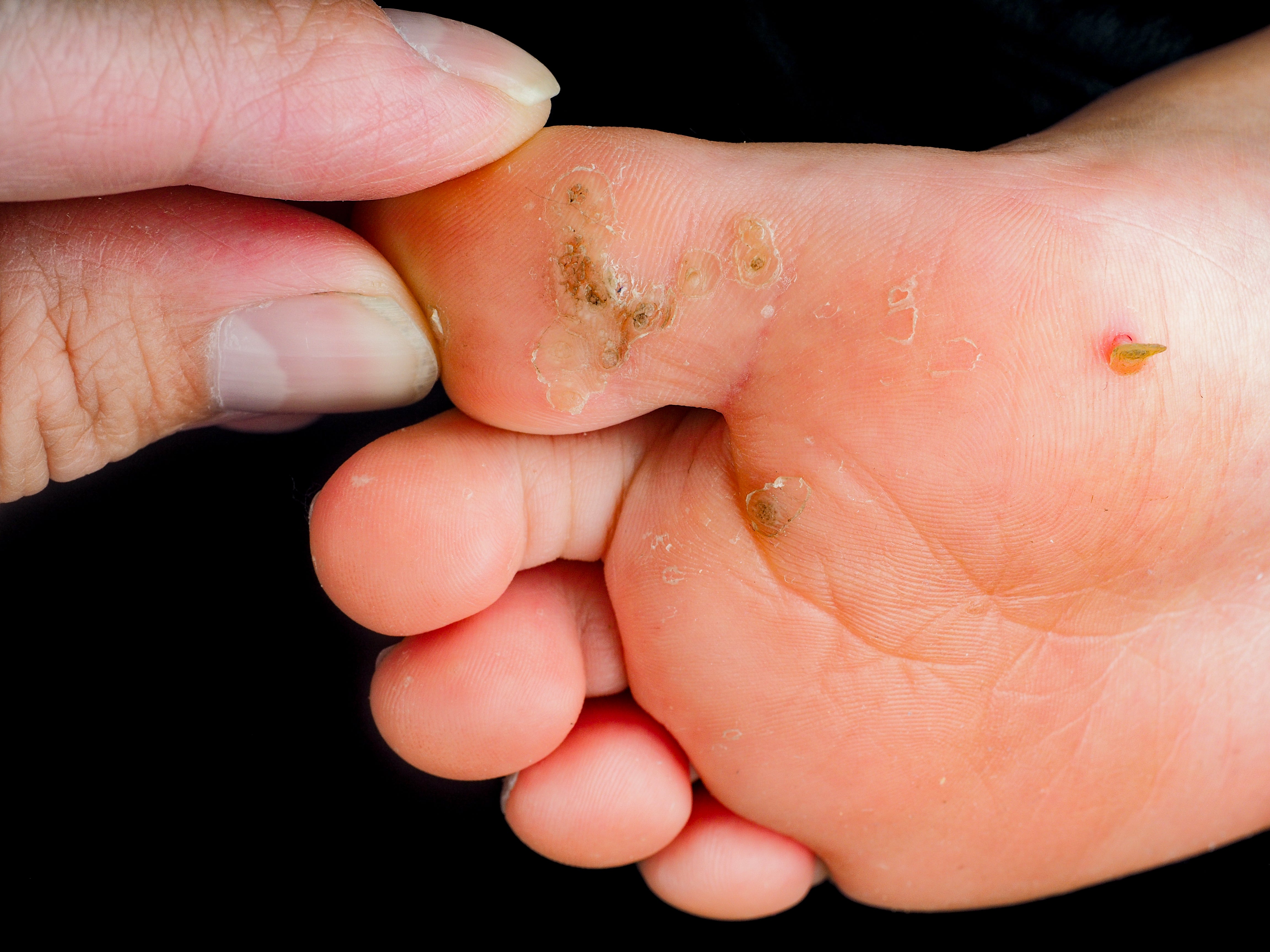
Plantar Warts
Plantar warts are small, “fleshy” growths usually appearing on the heel, forefoot, or base of the toes. Because these areas are weight-bearing, the pressure can cause plantar warts to grow inward. Plantar warts are caused by HPV (human papillomavirus), which can spread through tiny cuts or breaks in the skin. Read up on treatment and complications of plantar warts, including methods for removal.

Stress Fractures
Stress fractures are small cracks or breaks most often occurring in weight-bearing bones, frequently affecting people who participate in repetitive activities that put a lot of stress on their feet, such as running and jumping. Most people with a foot stress fracture complain of pain, usually in a specific spot in the foot, and the pain intensifies when walking or bearing weight. Until you can see your doctor, follow the RICE method to reduce pain and swelling.
- Foot pain. Mayo Clinic. https://www.mayoclinic.org/symptoms/foot-pain/basics/causes/sym-20050792
- Foot Pain and Problems. Johns Hopkins Medicine. https://www.hopkinsmedicine.org/health/conditions-and-diseases/foot-pain-and-problems
- How to treat corns and calluses. American Academy of Dermatology. https://www.aad.org/public/everyday-care/injured-skin/burns/treat-corns-calluses
- Ingrown toenails. Mayo Clinic. https://www.mayoclinic.org/diseases-conditions/ingrown-toenails/symptoms-causes/syc-20355903

